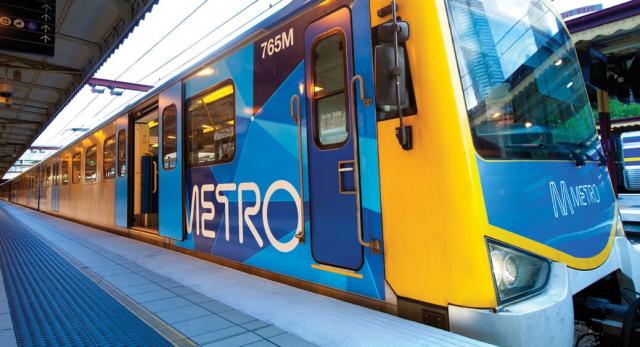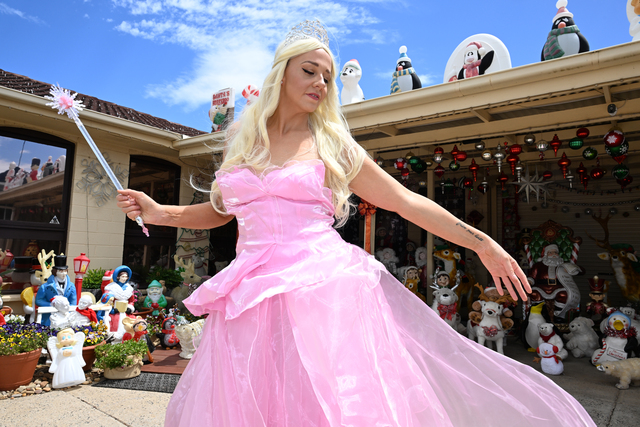AFL Goldfields has released its player points structure for its four competitions next season, including the Ballarat and Riddell District football leagues.
The BFL will have a cap of 44 points, one point down from this year, while the RDFL will remain at 42 points.
The points cap was the first part of a plan to bring down spiralling costs and try to level out competitions.
The second part, a salary cap, will be introduced next season.
While AFL Goldfields has set a base cap for all its leagues, as for this year, some teams have been given higher caps due to lack of success, location and a dearth of juniors.
In the Ballarat league, all but two teams will have a points cap of 44. Sebastopol, which had a cap of 50 this year, and Melton South will have higher caps. AFL Goldfields has applied for both clubs to have 50 points, higher than the 48-point statewide cap set by AFL Victoria.
AFL Goldfields general manager Rod Ward said the AFL Goldfields advisory committee suggested 50 points for both clubs prior to AFL Victoria releasing their figures.
“AFL Goldfields will prepare a submission for the clubs indicated with the 50 points to retain that allocation for the 2017 season,” he said.
“We were happy to accept what the advisory committee suggested, and if they have 50 points, we’ll be happy and we’ll also be happy if it ends up being 48 points.”
In the RDFL, only four clubs will have a cap of 42 points. Similar to Melton South and Sebastopol, AFL Goldfields will apply for Melton Centrals and Rockbank to have a points cap of 50.
Lancefield will have a 48 point cap, Woodend-Hesket and Wallan 47 points, Broadford and Sunbury Kangaroos 45 points and Macedon 44 points.
Woodend-Hesket and Sunbury Kangaroos both have increases on last season, while three clubs have decreases.
Ward said he couldn’t envisage all the RDFL clubs having the same points cap in the future, with such varying demographics in the league.
“We reviewed last season’s data and thought 42 points was a more applicable level this year than the 41 we had predicted,” he said. “We identified that clubs need help to keep them sustainable.
“The major cities don’t need as many points as regional or country teams, which may not have an abundance of juniors.
“We don’t have a level playing ground,” Ward said. “We have some footy clubs coming from towns without schools.”
The salary cap next year for the BFL is $140,000 while the RDFL’s salary cap will be $110,000.






